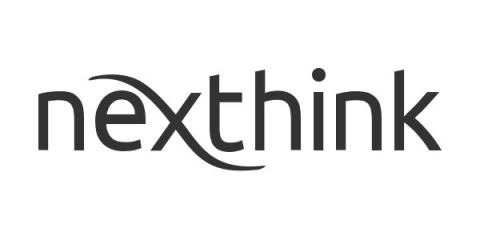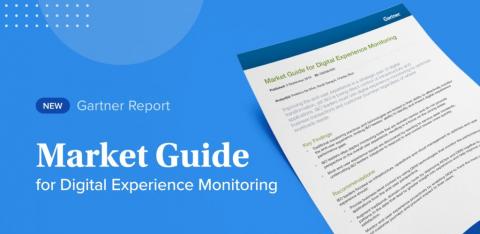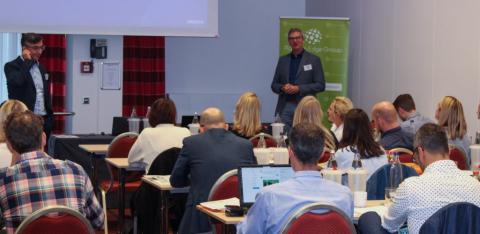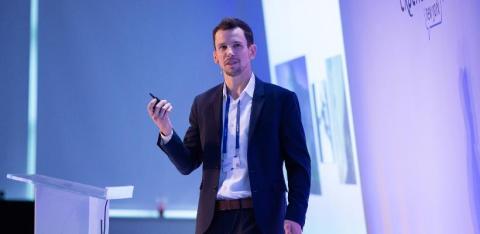Aiming Higher - Fighting Work Stress & Taking on Bigger Goals
I wouldn’t wish even upon my worst enemy the task of writing a company’s mission statement or brand slogan. Nowadays customers respond most to companies that convey higher-level, altruistic values in their messaging—especially in the world of enterprise tech, or Silicon Valley startups. You can’t write something like “we’re here to make lots of money and dominate the market”—that’s just not going to fly.





